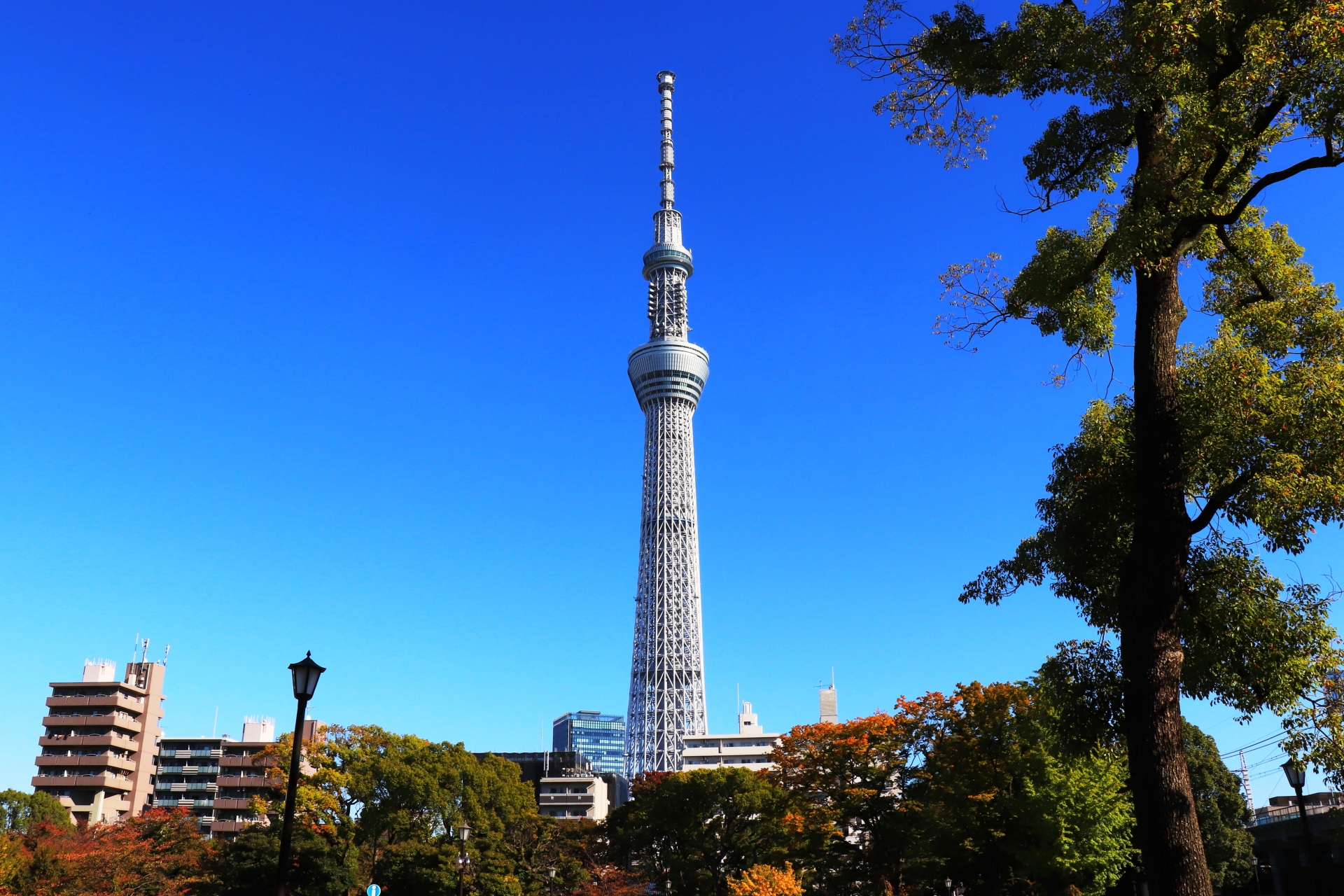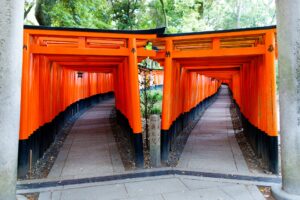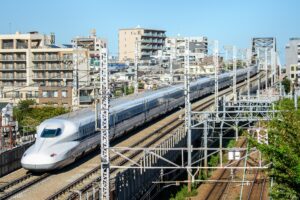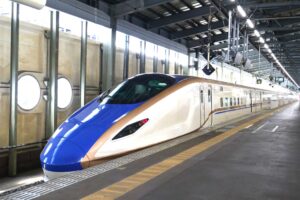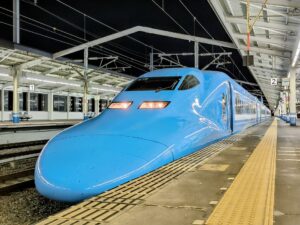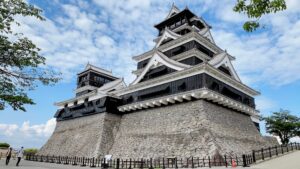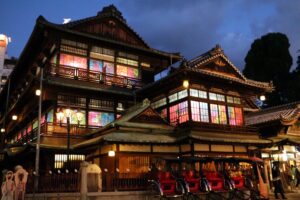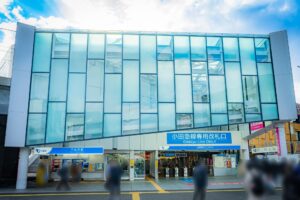Tokyo Skytree is not just the tallest tower in Japan but also a symbol of Tokyo’s modernity and innovation. This guide provides a complete overview of what to expect when visiting Tokyo Skytree, including its history, architectural marvels, observation decks, and the array of shopping, dining, and cultural experiences available. Whether you’re planning your visit or just curious to learn more about this iconic landmark, this article covers everything you need to know.
Overview of Tokyo Skytree
Tokyo Skytree, a marvel of modern engineering and a symbol of Tokyo’s futuristic skyline, stands as the tallest structure in Japan and one of the tallest towers in the world. Completed in 2012, the Skytree reaches a staggering height of 634 meters (2,080 feet), serving primarily as a broadcasting tower and observation deck. Its unique neo-futuristic design, inspired by traditional Japanese architecture, reflects a blend of cultural heritage and modern technological advancements. This iconic tower is not only a centerpiece for telecommunications but also a major tourist attraction, offering panoramic views of Tokyo and beyond. It stands as a testament to Japan’s innovation and is a must-see for anyone visiting Tokyo.
Visiting Tokyo Skytree: What You Need to Know
Planning a visit to Tokyo Skytree requires knowing a few key details to make the most of your experience. The tower is open daily from 9 AM to 9 PM, but these hours may vary on special occasions or holidays. Ticket prices start at approximately 2,100 yen for adults, with additional charges for access to higher observation decks. For those looking to avoid the crowds and enjoy clear views, visiting early in the morning or later in the evening is recommended. Tokyo Skytree is conveniently accessible via public transportation, with the nearest station being Tokyo Skytree Station on the Tobu Skytree Line. Additionally, ample parking facilities are available for those who prefer to drive. The location’s accessibility and comprehensive visitor services ensure a smooth and enjoyable experience for all.
Ticket price reference: Tickets | TOKYO SKY TREE
Observation Decks: Tembo Deck and Tembo Galleria
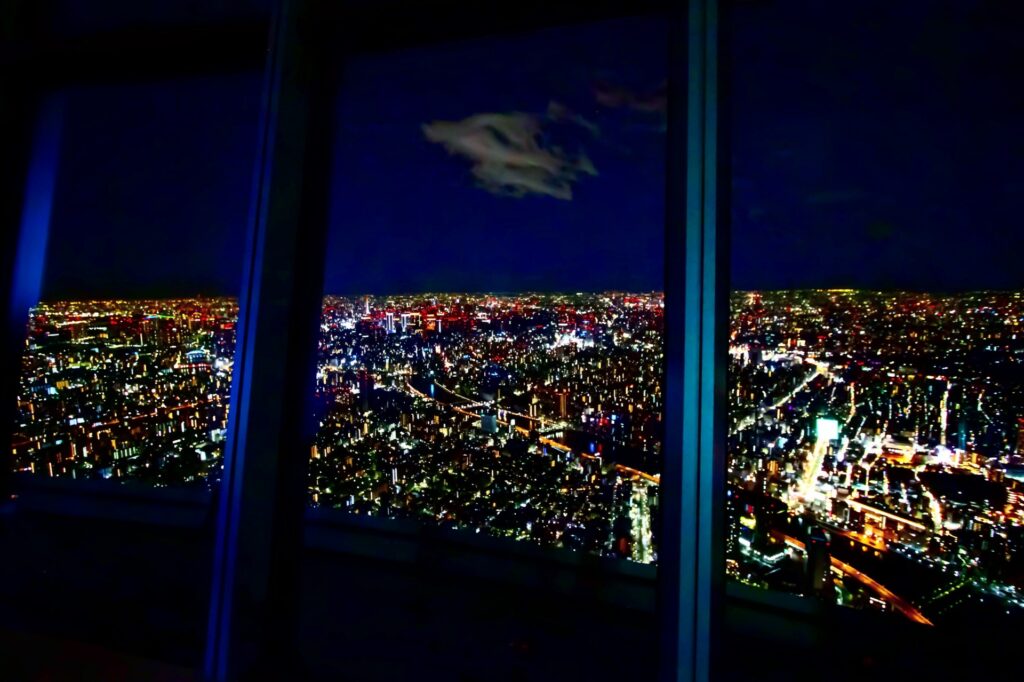
Tokyo Skytree offers two main observation decks: the Tembo Deck and the Tembo Galleria. The Tembo Deck, located at 350 meters, provides a 360-degree panoramic view of Tokyo, where on clear days, visitors can see Mount Fuji in the distance. Unique features include a glass floor section for a thrilling view straight down to the base of the tower. The Tembo Galleria, situated at 450 meters, offers an even more breathtaking experience with a spiraling walkway that ascends along the edge of the tower, creating a sense of walking on air. Both decks are equipped with digital displays and telescopes, enhancing the viewing experience with informative details about Tokyo’s landmarks.
Shopping and Dining at Tokyo Skytree
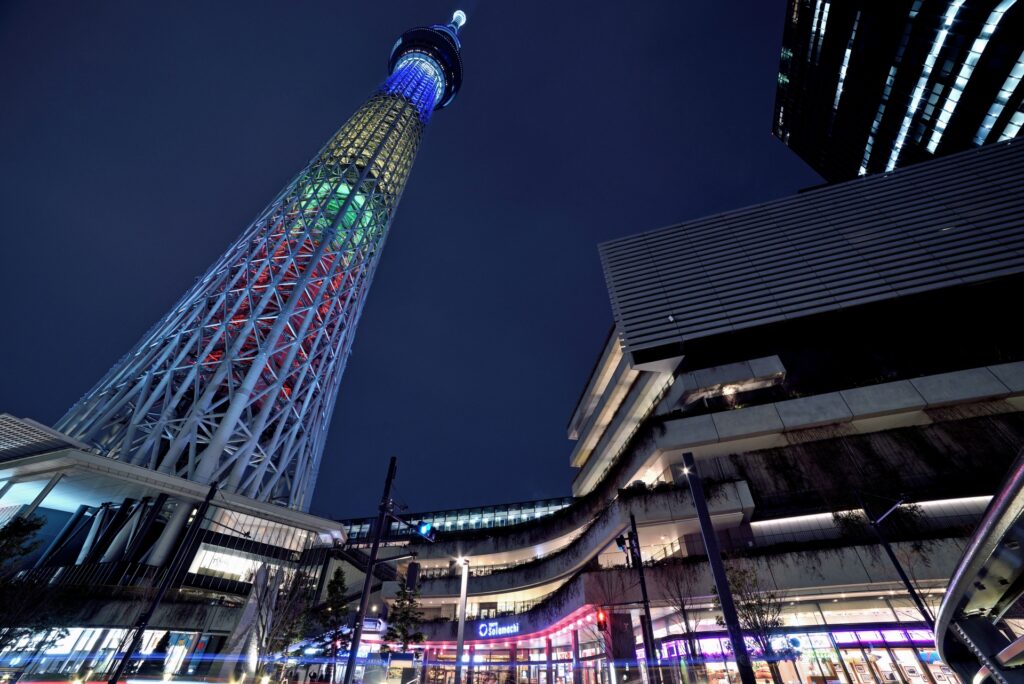
At the base of Tokyo Skytree lies Tokyo Solamachi, a sprawling shopping complex that hosts over 300 shops and restaurants. Visitors can find a variety of stores, from traditional Japanese craft boutiques to popular international brands. Dining options are plentiful, catering to all tastes, with themed cafes, sushi bars, and restaurants offering panoramic views of the city. For a truly unique experience, visitors can dine at the Skytree Cafe or the Sky Restaurant 634, which combines French cuisine with Japanese ingredients, all while enjoying spectacular views from above.
Unique Experiences at Tokyo Skytree
Tokyo Skytree is more than just a tower; it offers a range of unique experiences that make each visit memorable. The tower hosts various seasonal events, including art exhibitions, cultural performances, and light shows, which often coincide with Japanese holidays and festivals. Special access experiences, such as behind-the-scenes tours of the broadcasting facilities, provide a deeper understanding of the tower’s operational intricacies. Additionally, Skytree hosts the annual Tokyo Skytree Christmas Market and illuminations, drawing visitors with its festive atmosphere.
The Architectural and Cultural Significance of Tokyo Skytree
Tokyo Skytree’s design is a masterpiece of architectural and engineering innovation, incorporating earthquake-resistant features crucial for a structure of its height in a seismically active region. Its slender structure and strong base are modeled after traditional Japanese pagodas, using a central pillar and a network of interlocking supports for stability. The tower’s design not only represents a technical achievement but also symbolizes Tokyo’s aspirations as a global metropolis. It is a cultural beacon, integrating traditional aesthetics with futuristic design, reflecting the blend of past and present in Japan’s capital.
Night-time Illumination and Special Lighting Themes
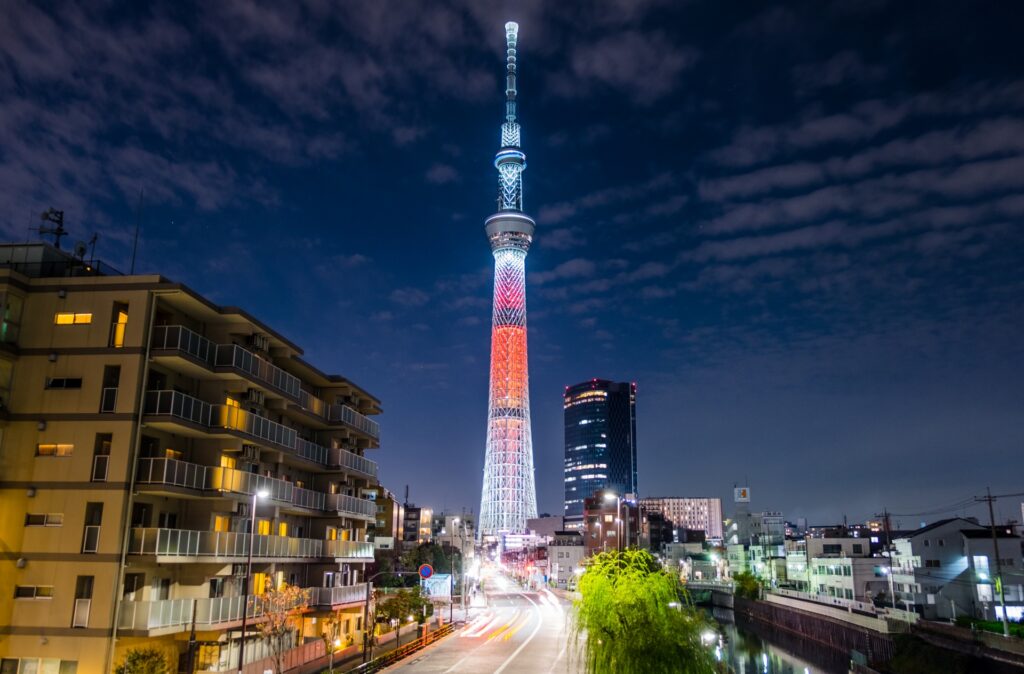
At night, Tokyo Skytree transforms into a beacon of light, illuminating the Tokyo skyline with various lighting themes that change according to the season, special events, and national celebrations. The regular lighting schemes, Iki (chic) and Miyabi (elegance), highlight the tower’s sleek lines and architectural beauty. Special themes, such as festive red and green during Christmas or the vibrant pinks of cherry blossom season, make for excellent photo opportunities. For the best night-time photography, visitors can capture these illuminations from nearby Sumida Park or along the Sumida River.
Accessibility and Visitor Services
Tokyo Skytree is committed to accessibility, ensuring all visitors can enjoy the tower’s facilities. The complex is equipped with ramps, elevators, and accessible restrooms to accommodate visitors with mobility challenges. Multilingual guides and information panels are available to assist international tourists. For visually impaired guests, tactile maps and braille signage are provided, making the Skytree experience inclusive and welcoming to all.
Conclusion: Is Tokyo Skytree Worth Visiting?
With its stunning views, unique shopping and dining experiences, and cultural significance, Tokyo Skytree offers something for everyone. Whether you’re a first-time visitor to Tokyo, a photographer looking for the perfect shot, or a local exploring more of your city, Skytree delivers a comprehensive experience. Its blend of traditional design and modern innovation makes it a highlight of any Tokyo itinerary, ensuring that visitors leave with unforgettable memories and a deeper appreciation of Tokyo’s skyline and cultural landscape.

